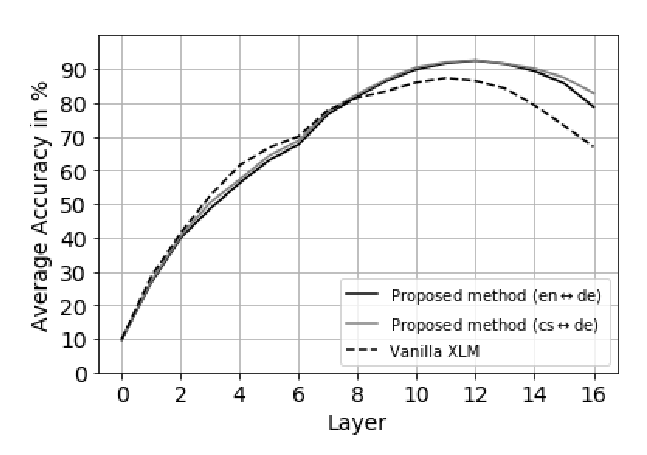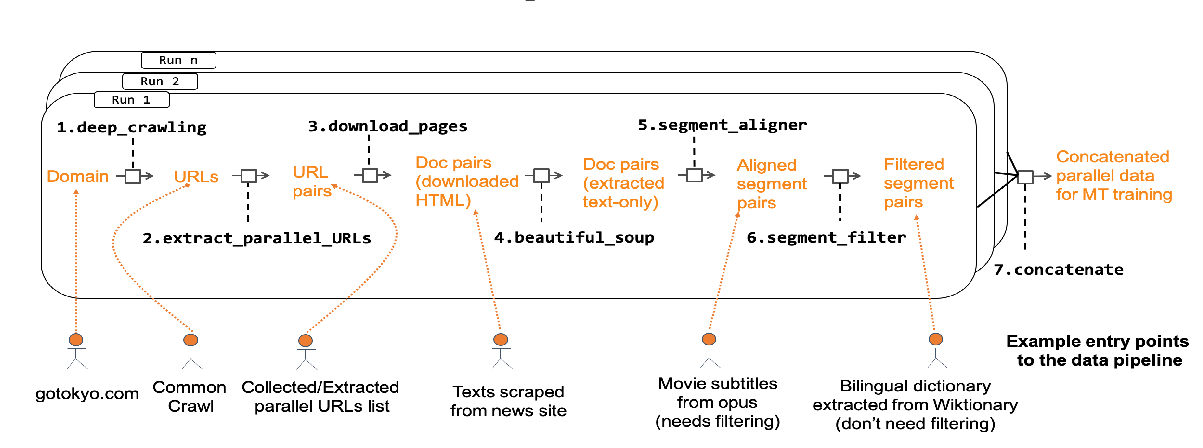Effectively Aligning and Filtering Parallel Corpora under Sparse Data Conditions
Steinþór Steingrímsson, Hrafn Loftsson, Andy Way
Student Research Workshop SRW Paper
Session 4B: Jul 6
(18:00-19:00 GMT)

Session 15B: Jul 8
(21:00-22:00 GMT)

Abstract:
Parallel corpora are key to developing good machine translation systems. However, abundant parallel data are hard to come by, especially for languages with a low number of speakers. When rich morphology exacerbates the data sparsity problem, it is imperative to have accurate alignment and filtering methods that can help make the most of what is available by maximising the number of correctly translated segments in a corpus and minimising noise by removing incorrect translations and segments containing extraneous data.This paper sets out a research plan for improving alignment and filtering methods for parallel texts in low-resource settings. We propose an effective unsupervised alignment method to tackle the alignment problem. Moreover, we propose a strategy to supplement state-of-the-art models with automatically extracted information using basic NLP tools to effectively handle rich morphology.
You can open the
pre-recorded video
in a separate window.
NOTE: The SlidesLive video may display a random order of the authors.
The correct author list is shown at the top of this webpage.
Similar Papers
ParaCrawl: Web-Scale Acquisition of Parallel Corpora
Marta Bañón, Pinzhen Chen, Barry Haddow, Kenneth Heafield, Hieu Hoang, Miquel Esplà-Gomis, Mikel L. Forcada, Amir Kamran, Faheem Kirefu, Philipp Koehn, Sergio Ortiz Rojas, Leopoldo Pla Sempere, Gema Ramírez-Sánchez, Elsa Sarrías, Marek Strelec, Brian Thompson, William Waites, Dion Wiggins, Jaume Zaragoza,

Neighborhood Matching Network for Entity Alignment
Yuting Wu, Xiao Liu, Yansong Feng, Zheng Wang, Dongyan Zhao,

Unsupervised Multilingual Sentence Embeddings for Parallel Corpus Mining
Ivana Kvapilíková, Mikel Artetxe, Gorka Labaka, Eneko Agirre, Ondřej Bojar,

